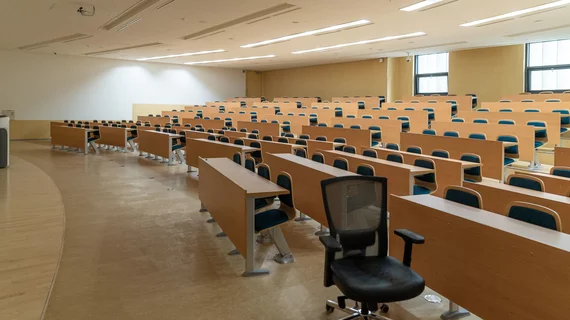Concepts from the art and science of deep learning for medical practice can inform those employed in the art and science of medical education.
Or, as put by Lawrence Carin, PhD, of Duke:
“[T]here is a relationship between the deep learning of machine learning and the deep learning of education: Both are concerned with yielding understanding by integrating more-fundamental (basic) forms of information.”
That’s from an opinion piece running online in Academic Medicine.
In outlining ways developments in AI and deep learning (DL) might offer useful points of consideration for medical educators, Carin makes several intriguing observations.
For one, medical DL has begun moving beyond interpreting medical images and into analyzing narrative and text-based qualitative data. This development suggests DL has potential for making inroads into medical education, Carin points out.
The migration also might serve as a wakeup call to medical educators who’ve been thinking AI is really only relevant to medical trainees who might encounter the technology in clinical practice.
“It is unlikely that most clinicians will need expertise in the methodology of DL,” Carin writes, “but they likely should understand the fundamentals of how it works, to appreciate opportunities for its use, as well as to recognize its limitations to translate its meaning when interacting with other health professionals and with patients.”
Underscoring DL’s potential to transform the practice of medicine, he notes the early-stage nature of its contributions so far.
“[C]areful thought and experimentation through educational research is needed to explore how it may best impact medical training,” writes Carin, whose posts at Duke include distinguished professor of electrical and computer engineering. “A component of this education should include history and an understanding of the multiple series of ‘AI Winters’ that have occurred since the early days of AI, these manifested by over-hyping the potential of the technology.”
He calls upon “well-educated clinicians” to seek a “healthy understanding” of the technology’s limitations.
The journal has posted the paper in full for free (click “Download” for PDF).

